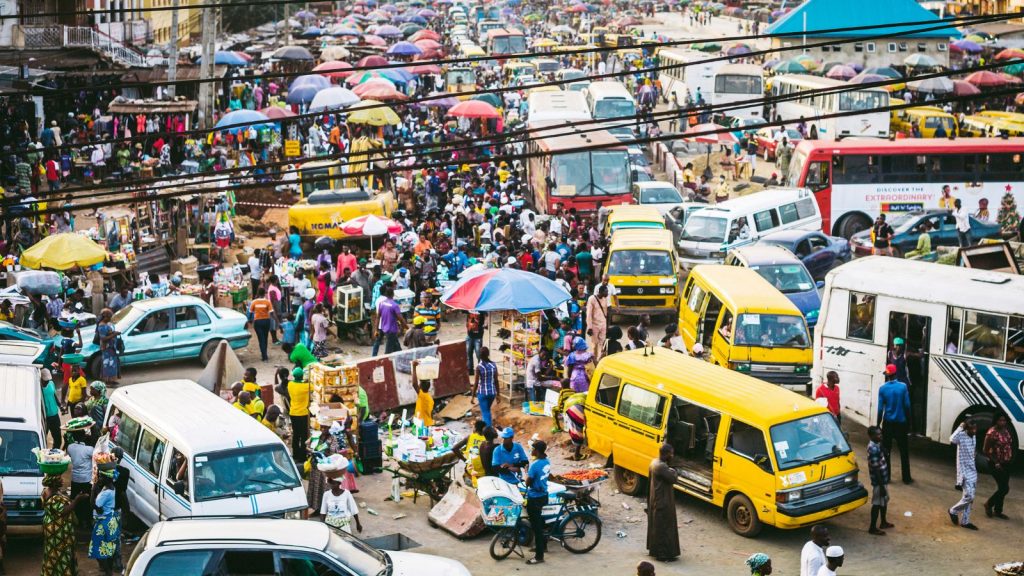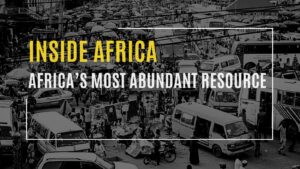
Two weeks of feeling the warmth of the sun at 31 degrees Celsius soaking into my bones and taking time to catch up with valued contacts in Tanzania has passed. The days flew by fast and I will always remember how astounded I felt seeing the developments of Tanzania between Dar es Salaam and Morogoro that occurred in just 19 months of being away.
Houses, businesses, and large industrial buildings have popped up everywhere and not in temporary condition, i.e. easily removed if things don’t go well, but in an invested permanent condition. This demonstrated to me that Tanzanians are believing in the economic growth and the political stability of their nation and are taking advantage of this changing situation through proverbial “jumping the train”. It is not trainhopping as you might think, but rather getting on board with modern development already developed, tested and working elsewhere so as not having to pay the high costs of the development phases of ideation, research, planning, prototyping, sourcing, costing, and commercialisation. Instead high costs can be minimalised by “jumping the train” and entering the development stage at introduction.
In my last blog I promised to write about the face of modern Africa and I believe I witnessed this in Tanzania as I looked upon one of the biggest and most modern developments currently being constructed i.e. phase one between Dar es Salaam and Morogoro of a USD 2.2 billion SGR Standard Gauge Railway – i.e. an electric train that will link Tanzania to the neighbouring countries of Rwanda and Uganda, and through these two, to Burundi and the Democratic Republic of the Congo, as part of the East African Railway Master Plan for cargo hauling and passenger transport.
This is a perfect example of western modern development being introduced to Tanzania so Tanzania can jump the proverbial train … and kidding aside – it really is about a train.
This railway line is intended to ease the transfer of goods between the port of Dar es Salaam and the cities of Kigali, in Rwanda and subsequently to Bujumbura, in Burundi, and to Goma, in the Democratic Republic of the Congo. From the lake port of Mwanza, surface water ferries are expected to transport goods between Mwanza and Port Bell and Bukasa Inland Port, in Kampala, Uganda’s capital city. The SGR is expected to accommodate passenger speed trains traveling at 160 kilometres per hour and cargo trains traveling at 120 kilometres.
Hopefully on my next trip to Tanzania I will be a passenger on that train instead of driving 50 km per hour down the 190 km one lane motorway from Morogoro to Dar es Salaam while hoping and praying that the road is not blocked by a truck broken down in the middle of it, or a bus accident caused by dangerous overtaking, and being afraid I could miss my flight.
Another sector where the face of modern Africa is seen is in the IT sector. Internet services, on this trip were remarkable! This time I applied and paid for an e-visa online successfully, I saw attractive marketing on social media, the use of YouTube and Tik Tok accounts for followers, and youths earning commissions through sponsored posts, to name a few. With an estimated 61 percent of the 58 million population under the age of 35 in Tanzania, IT services are making huge progress in the digital sector to cater the needs of this younger generation. Digital is modern Africa. Can the World Bank ensure that every individual, business and government in Africa be digitally enabled by 2030? I would say, from what I have seen in Tanzania this trip, definitely.
In my next blog I am going to write about unlocking the potential of Africa’s most abundant resource. Till then, this is,
Sheila Speed, Business Development Specialist, of Speed InterLink for World Trade Center Leeuwarden.

Previous blog

BLOG | Inside Africa | Hierarchal waiting
When Vitens Evides International first went to Tanzania to offer Water Operator Partnerships with Tanzanian Water Authorities I was privileged to be the initiator having received a strategic expression
Next blog

BLOG | Inside Africa | Africa’s Most Abundant Resource
The African continent has the youngest population in the world. Over 600 million people are under the age of 24 years and this figure increases to over 750 million